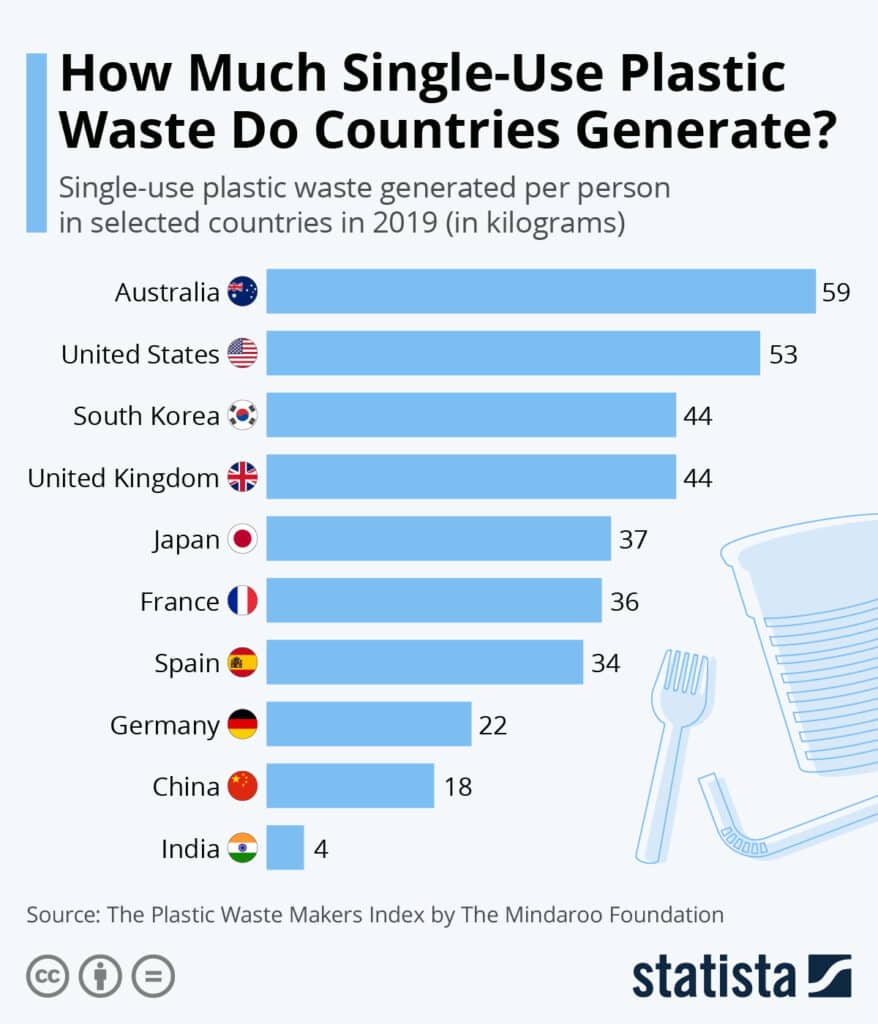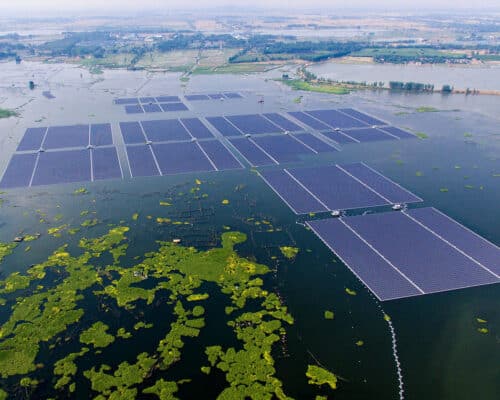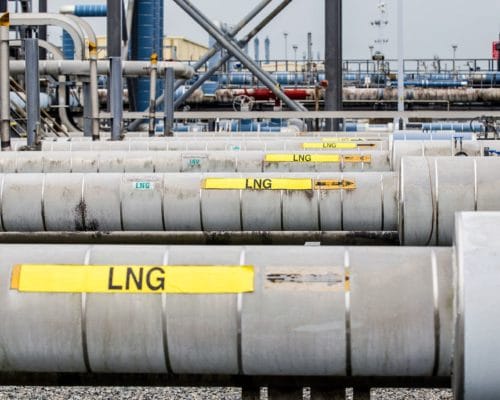Environmental Pollution in Japan – Impacts and Future
Source: Reuters
25 April 2024 – by Eric Koons Comments (0)
Japan is synonymous with rapid technological and industrial growth yet has faced significant environmental challenges due to increasing levels of environmental pollution in Japan, mirroring the global trend. Post-World War II, Japan’s swift industrialisation led to severe environmental degradation, highlighted by incidents like the Minamata disease in the 1960s.
These crises spurred some of the world’s first stringent environmental regulations, resulting in a marked decrease in pollutants and greenhouse gas emissions. For instance, sulphur dioxide emissions dramatically dropped from over 1,200 kilotonnes in 1960 to about 40 kilotonnes by the late 1990s.
While historic pollution levels have been curtailed, Japan continues to face modern pollution challenges like microplastic contamination and urban air quality. Today, Japan works to balance industrial activities with innovative environmental policies to combat the ongoing pollution in Japan from globalisation and industrialisation and to improve air quality.
What Are the Main Types of Pollution in Japan in 2024?
In 2024, Japan contends with multiple pollution issues, stemming from distinct sources and having varied implications for the environment and economy.
Air Pollution in Japan
Despite improvements over the last five decades, air pollution in Japan remains a leading health concern. Major cities, especially Tokyo, continue to experience high levels of fine particulate matter (PM2.5), sulphur oxide and nitrogen oxide. In 2023, Tokyo’s average PM2.5 levels were 1.9 times the World Health Organisation’s safety threshold.

The primary sources of Japan’s air pollution are industrial operations, vehicle emissions and cross-border air pollution – primarily from China. They mainly all relate to fossil fuel combustion, which is still Japan’s largest energy source.
Japan’s Air Quality – Impacts
The impact of poor air quality in Japan is severe, contributing to over 40,000 premature deaths annually across the country. Additionally, air pollution exposure can lead to cardiovascular issues like asthma and chronic bronchitis, which dramatically reduce quality of life and have negative mental health impacts.
These health issues translate into increased healthcare costs and a reduction in workforce productivity, underlining the economic stakes of air quality management.
Water Pollution in Japan
Japan’s freshwater systems have improved greatly since the rapid economic growth of the 1950s and 1960s. During this period, over 40,000 people were affected by water pollution-related diseases caused by factory runoff. Within 20 years, water pollutant loads dropped by 90% due to progressively stricter water pollution standards.
However, 95% of Japan’s rivers and only 58% of its lakes meet environmental water quality standards. This disparity between rivers and lakes is due to the constant flow of rivers, which move pollutants into the ocean, whereas lakes are much more stagnant. This means historical pollution in lakes has a much longer-lasting impact than in rivers.
The water pollution in Japan is primarily due to industrial discharge, agricultural runoff and untreated domestic waste. It has a wide range of components, from industrial chemicals and metals to plastic and, more recently, PFAS compounds. This contamination threatens aquatic ecosystems and impacts industries reliant on clean water, such as the fishing sector, which constitutes a significant portion of Japan’s rural economy.
Marine Pollution in Japan
Marine pollution poses a critical threat to Japan and coastal countries around the world. The vast majority of pollution comes from agricultural runoff, untreated sewage and the discharge of nutrients or pesticides. Additionally, global plastic pollution has been growing steadily, with up to 199 million tonnes of plastic waste already in the ocean and an additional 15 billion pounds entering annually. If the trend continues, ocean plastic pollution will triple over the next 40 years.
Japan is one of the world’s top plastic consumers. It has the second-highest per capita plastic waste emissions, and only 21% of its plastic is recycled. While most of this plastic waste is incinerated, mismanagement and rain events wash some plastic into the ocean.

Now, plastics are a significant environmental risk for the country. For example, it is estimated that there are over 3 million plastic bags and 6.1 million pieces of vinyl in Osaka Bay alone. Furthermore, microplastic rates in Japan’s coastal waters are 27 times higher than the global average and are found in most fish caught around the country.
The environmental implications of this waste are profound, affecting marine species and coral reefs, which are crucial for marine biodiversity and tourism. For instance, the ingestion of plastics by marine life has led to bioaccumulation issues, threatening food safety and fisheries health – sectors that contribute significantly to Japan’s GDP.
Environmental Pollution Control Programs
In response to these daunting challenges, the Japanese government has implemented robust pollution control programs. Regulations have been tightened around industrial emissions, and significant investments have been made in recycling and waste management technologies.
For example, Japan introduced a revised recycling law in 2022, aiming to achieve a 60% plastic recycling rate by 2030. Additionally, Japan’s proactive participation in global environmental agreements has fostered advanced pollution control technologies and partnerships with other Asian countries.
Future Directions
While the Island nation has made significant progress in reducing environmental pollution in Japan since the 1950s, major areas still need to be addressed. Two leading categories are reducing air pollution and improving waste disposal.
The country does not have large quantities of space for landfill and has largely relied on incineration, which releases greenhouse gases and causes domestic air pollution. The country’s reliance on fossil fuels for energy poses the same risks.
A shift to sustainably biodegradable or reusable products can help reduce issues associated with waste management. However, the more extensive solution to Japan’s pollution issues focuses on a green energy transition. By shifting away from fossil fuels in favour of domestic renewable energy, the country can reduce pollution rates on a domestic and international level and can fight climate change.
by Eric Koons
Eric is a passionate environmental advocate that believes renewable energy is a key piece in meeting the world’s growing energy demands. He received an environmental science degree from the University of California and has worked to promote environmentally and socially sustainable practices since. Eric’s expertise extends across the environmental field, yet he maintains a strong focus on renewable energy. His work has been featured by leading environmental organizations, such as World Resources Institute and Hitachi ABB Power Grids.
Read more





